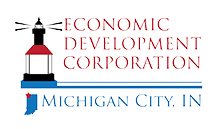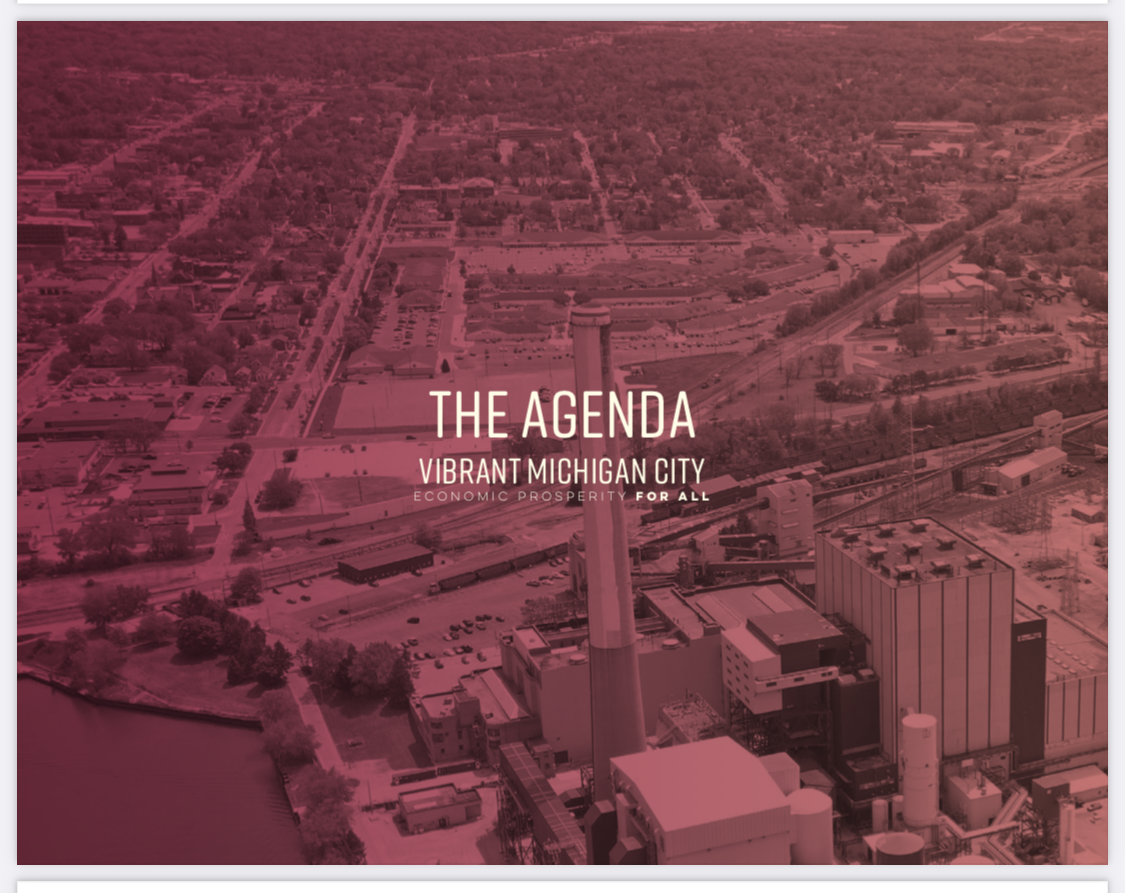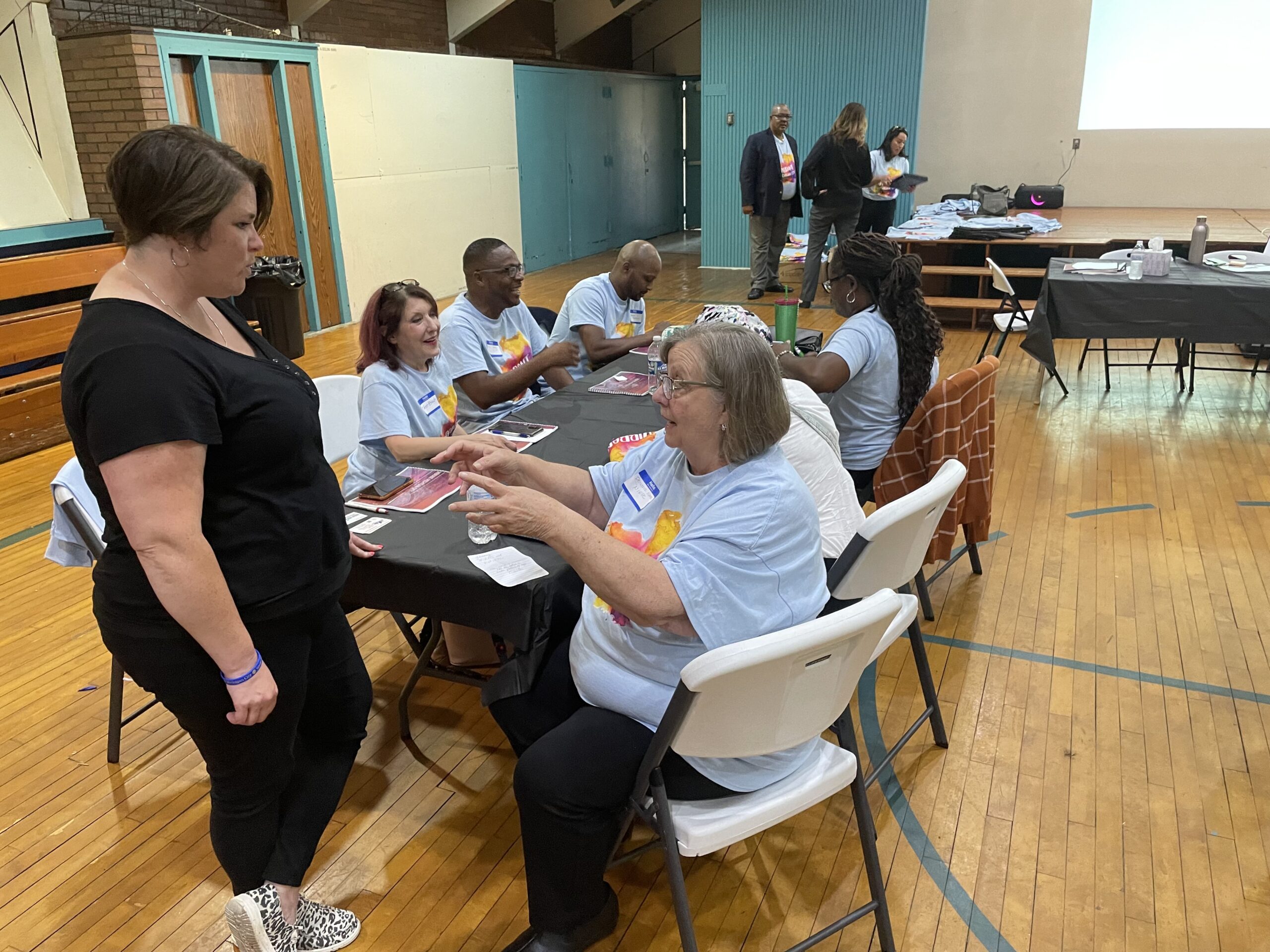MICHIGAN CITY – Residents and stakeholders have mapped out the future to make sure neighborhoods surrounding downtown aren’t left out during the economic boom that has begun.
Economic Development Corporation Michigan City officials and other local leaders worked with the Brookings Institution and LISC (Local Initiative Support Corp.) to develop the Vibrant Michigan City action plan for the West Side, Midtown and East Side neighborhoods.
“It’s a local plan based on local ideas and input,” said consultant Josh Anderson, of Indianapolis-based Anderson+Bohlander.
Each action item details who will work on the effort, when it should be done and what potential funding sources exist.
“I think in Michigan City we’ve done a really good job of development for downtown,” city Planning & Inspection Director Skyler York said. “We have not focused on community development in many years.”
But neighborhoods need to flourish as well as downtown, he pointed out.
York is excited about the new action plan, noting that Brookings will remain involved with the city for three years to help the city’s residents and stakeholders implement the plan.
Michigan City, Warsaw and Seymour are the first three small cities nationwide to undergo this process, which previously was done for large cities like Indianapolis and San Francisco.
Indiana Economic Development Corp.’s READI grant process was a factor in selecting all three of the small cities in Indiana. The IEDC funded the study in partnership with Brookings and LISC.
Michigan City will be featured in a national magazine story about this test pilot project, said Bill Taft, a Michigan City native who serves as LISC’s senior vice president for economic development.
The 68-page plan includes projects that can be done quickly, within three years or, in a few cases, over a longer term. Among them are:
- Create a local opportunity hub
- Overcome common barriers to employment
- Strengthen Michigan Boulevard
- Develop an innovation center
- Support South Franklin and Midtown
- Invest in the H.O.P.E. Center
- Activate neighborhoods with creative placemaking
- Support neighborhood associations
- Build and rehab single-family homes
- Develop affordable neighborhood housing
- Improve U.S. 12 to create dune and lake access
- Invest in expanded trails
- Explore state prison reuse options
- Encourage community-serving reuse of NIPSCO site
Groups will begin work soon on these projects, EDCMC Executive Director Clarence L. Hulse promised. Details on the plan and how to get involved are at vibrantmc.com. Hulse said he’s glad to see others in the city eager to become involved.
“We know there are some things that will take years and years to accomplish, but we want to get working on them now,” Anderson said.
“You have the full support of this administration,” Mayor Duane Parry said.
“The time we spent on this and bringing the people to the table were important,” said Councilwoman Angie Nelson Deuitch, a member of the core team that helped create the study. “It’s powerful when you add it all up.”
She noted the diversity – young and old, plus racially diverse — in the H.O.P.E. Center gymnasium when the action plan was unveiled.
The three neighborhoods include 26% of the city’s jobs and 33% of residents, Anderson said.
Hanna Love, senior research associate with Brookings, said she has fallen in love with Michigan City. She appreciated residents’ level of engagement as a good sign that the projects included in the plan will be accomplished.
Unlike many plans, there’s no set cost for accomplishing all the work listed. Each project is being done separately, not by a central planning agency.
“There’s no one budget that must be approved and if it doesn’t get funded it all falls apart,” Taft said. “It’s powerful when you add it all up.”
Jennifer Gadzala, grants manager at the Northwest Indiana Forum Foundation, noted people want change.
“I do think it’s a fabulous agenda. It sets the tone going forward,” she said.



